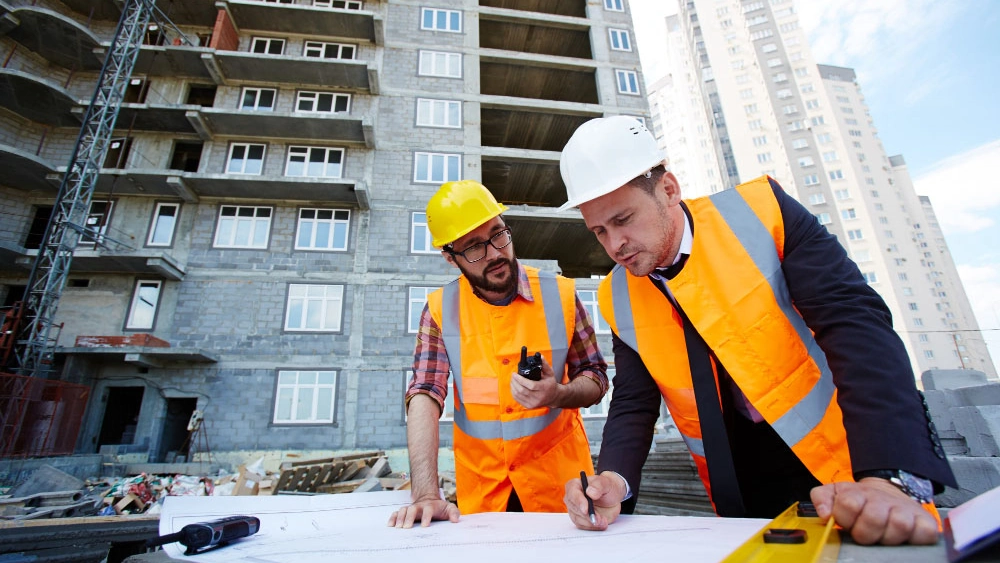Estimators in construction dive straight into forecasting costs, quantifying materials, and engineering value to keep projects on track financially. These core duties within construction estimator roles underpin accurate budgeting and timely delivery, ensuring every stage from planning to handover maintains tight financial control and minimises surprises for stakeholders.
Cost Planning and Budget Management
Starting with a clear picture of expenses sets projects up for success, as estimators map out total outlays while juggling constraints and client expectations. In construction estimator roles, this involves breaking down costs early to align with goals, using tools like spreadsheets or specialised software.
Accurate cost planning can slash overrun risks by up to 30% for large projects, per recent Australian studies from Edith Cowan University. For instance, on a mid-sized residential build, an estimator might forecast $2 million in total, factoring in labour and materials to stay within budget. To streamline this, key steps include:Forecasts – Australian Construction Industry Forum
- Establishing baseline estimates from initial designs.
- Tracking ongoing adjustments to avoid drift.
Naturally, when teams calculate cost of construction precisely here, it prevents costly revisions later.
Quantity Takeoff and Material Measurement
Tools like CostX, Buildxact, or Cubit kick off the process by pulling precise measurements from blueprints, transforming how estimators handle volumes of concrete, steel, timber, and finishes. In construction estimator roles, this step ensures nothing’s overlooked, boosting efficiency on site.
Automated takeoffs can reduce manual errors by up to 60%, based on industry research, saving hours on a commercial project where miscalculating steel could add thousands unexpectedly. Linking to broader methods, effective quantity work ties into proven Construction Estimating Techniques, helping refine bids without excess.
Tender Preparation and Bid Evaluation
Compiling thorough tender docs starts with reviewing scopes and gathering quotes, allowing estimators to weigh options for the best value. In construction estimator roles, this means creating pricing schedules, bid summaries, and tender analyses to spot competitive edges. For example, on a school extension, comparing supplier bids might reveal a 10% variance in roofing costs, guiding smarter choices.
Stages include:
- Document review for completeness.
- Scope clarification with stakeholders.
- Final pricing to seal the deal.
Cost Control during Construction
Monitoring expenses as work unfolds keeps forecasts fresh and variations documented, helping estimators flag issues before they balloon. In construction estimator roles, this vigilance maintains budgets within typical Australian benchmarks, often preventing drifts beyond 10-15% seen in many projects per industry reports.
Drawing on Rawlinsons cost indices, an estimator might update a hospital build’s forecast monthly, fostering transparency and trust among teams and clients alike.
Value Engineering and Cost Optimisation
Spotting smarter alternatives early on trims expenses while upholding standards, as estimators review designs for efficiencies like material swaps or layout tweaks. In construction estimator roles, this involves lifecycle cost reviews and spec substitutions to deliver real savings. On a bridge project, for instance, opting for precast elements over cast-in-place could cut timelines and costs without skimping on safety.
| Approach | Typical Saving (%) | Use Case |
|---|---|---|
| Design optimisation | 10-15 | Streamlining layouts in office builds to reduce material waste. |
| Spec substitution | 15-20 | Swapping high-end finishes for durable alternatives in retail fit-outs. |
| Lifecycle review | 20-30 | Assessing long-term maintenance in infrastructure like roads. |
Procurement and Supplier Coordination
Liaising with suppliers verifies quotes and timelines, as estimators benchmark options and analyse RFQs for compliance. In construction estimator roles, knowing how to calculate cost of construction ensures reliable sourcing, like securing timber for a housing estate, avoiding costly delays from supply fluctuations.
Best practices summarise as:
- Regular check-ins for updates.
- Clear contract terms upfront.
Risk and Compliance Assessment
Analysing potential pitfalls from finances to regs keeps projects insulated, with estimators building in contingency allowances tied to NCC compliance and ISO standards. In construction estimator roles, this data-driven approach can lower unforeseen exposures by up to 12%, per risk management studies.
Client Reporting and Financial Communication
Crafting clear summaries and dashboards distils complex data into actionable insights, like forecast vs actual breakdowns or change order logs. In construction estimator roles, this consistency aids decision-making, with digital tools boosting transparency by around 20% across firms, according to construction tech reports.
For a warehouse client, monthly variance reports might highlight savings from efficient sourcing, keeping everyone aligned.
Collaboration with Project Teams
Working hand-in-hand with architects, engineers, and site managers aligns visions from the get-go, through multidisciplinary coordination and design workshops. In construction estimator roles, this feedback loop refines costs, ensuring designs don’t outpace budgets. On a stadium upgrade, joint sessions might tweak seating plans to shave 5% off steel needs.
Tools include:
- BIM integration for shared models.
- Cost feedback loops during reviews.
Final Cost Reconciliation
Wrapping up finances by pitting predictions against realities uncovers lessons for future work, with estimators auditing as-built data and issuing closeout reports. In construction estimator roles, this accountability seals transparency, like reconciling a $5 million apartment block to confirm variances stayed under 5%. It reinforces trust, turning every project into a stepping stone for better outcomes.


